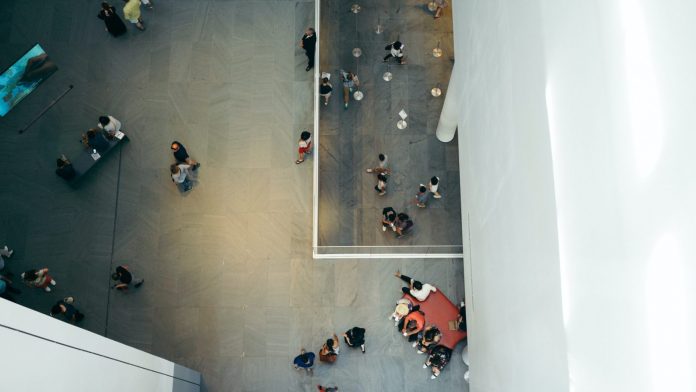In times like this it is always nice to have something to do that brings you joy, like learning a new skill or exploring new avenues. Since we cannot really go out and explore the world ourselves, in person, many institutions are looking for other ways to metaphorically open their doors for visitors without literally having to open them.
A nice option might be (virtually) visiting a print museum– the Association of European Printing Museums (AEPM) has a whole collection of articles to read up on printing museums and related heritage organisations for you! Whether you are looking for an activity for yourself or a light-hearted way to share your love of print with your children, a visit to the museum can be both entertaining and educational. But virtual reality is not the only future technology that is looking to improve the practices of museums all over the world.
Take a Virtual Tour
Some facilities like the German Museen im Kulturzentrum Rendsburg, LVR-Industriemuseum Papiermühle Alte Dombach and Australian Penrith Museum of Printing are only offering a sneak peek or glimpse behind the scenes, while others have already set up complete virtual tours, like German Stadtmuseum Mosbach’s print workshop, French Museum of Printing in Lyon’smultimedia ressources, Atelier du livre d’art et de l’estampe (Groupe Imprimerie Nationale), Reserve Bank of Australia Museum’s online features or Deutsches Technikmuseum Berlin with theironline exhibitions and at-home DIY activities. So in a way, you get the see the history of our print community all over the world, no matter where you live!
Get in Touch with History
Most print museums are centered more around the early history of print though, completely omitting the more recent developments and technologies that helped our industry step into the 21stcentury. 3D printing, for example, would be an excellent opportunity to make a visit more embracive and capture the attention of younger visitors much easier.
We know, children like to touch everything – and aren’t we all children in a way? If we walk through a museum and see an ancient artifact, don’t we also want to pick it up and know how it feels in our hands? With 3D printing we kind of can. The technology can easily turn boring, dusty old “stuff” into a whole new experience by creating replicas that could even be taken outside of museums. This could also be a game changer for people with visual impairments. And it’s not only a nice gimmick for visitors, it could also be a tool for researchers. In the field of conservation, many pieces need to be handled with great care and run the risk of getting damaged during examination. A 3D-printed reproduction could be a way to get around this risk, eliminating it completely. Furthermore, it is now possible to scan fragments of already damaged pieces and out them back together digitally, before printing a ‘fixes’ model of how it originally looked.
Many museums worldwide already embrace the 3D printing technology: The Victoria and Albert Museum’s GOSH Arts project in London, the Science Museum, also in London, which of course got the chance to exhibit a breakthrough in recent medical technology, the Metropolitan Museum of Art in New York who even have designs you can print at home yourself (and an introductory guide), the Manacor Museum of History on the Spanish island of Mallorca which use 3D printing to give visitors the chance to touch the objects of their new exhibition, and last, since their first attempt of recreating a ceramic lion with the help of 3D printing in 2012, the Semitic Museum of Harvard University.
Take a Tour Right in Your Living Room
As you see, thanks to modern-day technology, it is as easy as never before to explore the world from home – or recreate a part of the world, and even other centuries. With a 3D printer and those museum’s designs, you can print replicas and bring history right to your home. How about a museum tour right in your living room?
The Met even encourages artists to interact with or reimagine their collections:
“We encourage everyone to use our content, which represents the world’s cultural heritage, to create their own creative works.”
So what’s holding you back? Start your printers and get creative!











